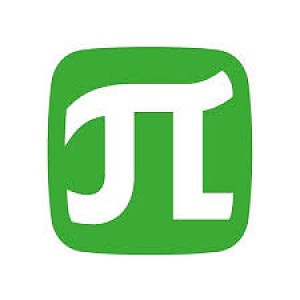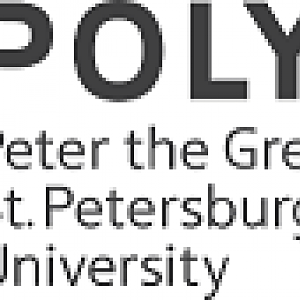Overview
Peter the Great St. Petersburg Polytechnic University has a long-standing and successful history over 100 years where a great deal of important discoveries and inventions have been made. It was founded in 1899. SPbPU has recently become the "National Research University" – a recognized Russian and international leader in the field of engineering and economic education with a rich educational, scientific and innovation infrastructure. The University is a member of Academic Excellence program among Russian Universities “5-100-2020”. SPbPU is listed in the QS World University Rankings (471-480) and Times Higher Education (113th position among European universities). SPbPU is a leading university of Russia with over than 26 000 students and postgraduates, 4500 of them are foreign citizens from 115 countries. The University is carrying out education and research activities in the following areas: natural science, engineering, economics and humanities. SPbPU trains specialists in 49 Bachelor Degree programs and 200 Master Degree programs, including 20 international Master Degree programs taught in English, 90 PhD programs and Doctorate programs. The University is proud of its longstanding traditions of international cooperation with many foreign educational institutions, research organizations and industrial companies. Among the partners of the University are 293 universities and 90 partner companies from 68 countries.
MOOCs
SPbPU have partnered with Coursera to deliver online courses to learners across the globe.
Learn new skills, pursue your interests or advance your career with these short online courses from SPbPU:
Click on a course title to go to the course page
See all courses from SPbPU on Coursera ►
Learn new skills, pursue your interests or advance your career with these short online courses from SPbPU:
Click on a course title to go to the course page
- Цифровой маркетинг и социальные сети | Coursera
- Растровая графика. Adobe Photoshop CC | Coursera
- Логистика | Coursera
- Введение в язык Котлин | Coursera
- Цифровая обработка сигналов Часть 1. Сигналы и системы дискретного времени | Coursera
- Управление человеческими ресурсами | Coursera
- Аддитивные технологии (3D-печать). Вводный курс | Coursera
- Астрофизика: от звезд до границ Вселенной | Coursera
- Маркетинг. Часть 1. Основные категории, принципы и подходы | Coursera
- Маркетинг. Часть 2. Инструментарий маркетинга | Coursera
- Цифровая обработка сигналов Часть 2. Дискретные и цифровые фильтры | Coursera
See all courses from SPbPU on Coursera ►


